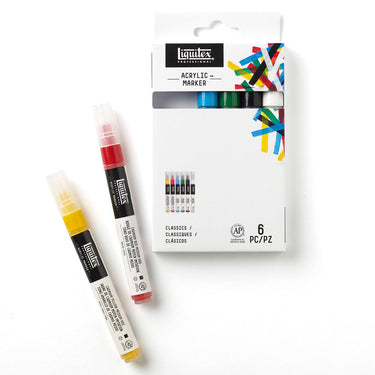Dive into Naphthol Crimson, a mid blue-red semi-opaque color, made with a single pigment PR170. As one of our series 2 colors, it offers a lightfast, useful cool red with lots of mixing potential. Naphthol is from the Greek word for mineral oil and draws on its chemical origins in petroleum. Its journey takes from the banks of the Reine to coal tar, lipsticks and the artist palette. Let’s go deeper.
ORIGINS
Naphthol is a modern synthetic organic pigment developed in the early 20th century. Synthetic organic pigments are carbon-based molecules manufactured from acids, petroleum compounds and other chemicals, usually under intense heat or pressure. Once mass production techniques were established to replicate experiments in the laboratory (in the second half of the 1800s) synthetic pigments became big business. They brought in a new era of color, used for paints, industrial printing inks, plastics and textiles, often taking the place of older pigments by guaranteeing lightfastness or solvent fastness (bleed resistance) and lower production costs.
The story of naphthol begins in 1892, when 2-Hydroxy-3-naphthoic acid was synthesized the lab by German chemist Schoepf. Then in 1911, L.A. Laska, Arthur Zitscher and Adolf Winther, three scientists working near Frankfurt in Germany at the chemical plant Naphtol-Chemie Offenbach, coupled this acid with aniline and toluidine diazonium salts to create a new organic synthetic pigment.
The new discovery proved to be lightfast and washfast on cotton and was quickly patented. It was produced in Offenbach from 1912 and sold under the trade name Napthol AS, with one ‘h’. Incidentally, aniline (an oily chemical extracted from the distillation of coal tar compounds) was a key component of many other synthetic organic pigments, as well as early pharmaceuticals including aspirin and synthetic quinine.
Made up of many shades of red and some oranges, naphthol pigments were first known as Grela reds. Originally used as cotton dyes, they often replaced traditional colorants such as Turkey red, which were laborious to make and quick to fade. Good value combined with high strength tinting properties saw the naphthol reds grow in popularity. They were soon laked as pigments and were first used in artists' paints in the 1920s. Since then, pigment PR170 has been commonly used to create artists paints, color vehicle paints, plastics, architectural paints, lipsticks, pencils, crayons and printing inks. Naphtol is still a registered trademark but now the generic label for the same compounds manufactured by other companies is naphthol, with a second h. Naphthol pigments now make up around 20% of all synthetic organics available, with over 50 different reds to choose from.
USES
Mark Rothko is said to have used naphthol reds alongside the ill-fated, untested pigment Lithol red in his work in 1962 - both are believed to have been on his palette for his set of Harvard University murals. After several years hanging in the university’s penthouse dining room, the naphthol colors remained bright, while the Lithol faded dramatically. By 1979, the paintings were so damaged that they were permanently removed.
Richer and more earthy than Quinacridone Magenta, Naphthol Crimson is a bold, clean and intense red rated as Very Good for lightfastness. Heavily staining and dark valued, it holds its place on the palette. Spend time exploring its depths and potential with other colors, as it can yield some unexpected results. While it might look warm in its masstone, Naphthol Crimson is a cool red with blue facets which reveal themselves more clearly when mixed. Mix it with whites and its blue/violet bias gives tints with a blue/gray aspect. Try it with yellows for a range of knocked-back dark and dense oranges.
Find Naphthol Crimson in both the Liquitex Pro and Basics collections, available in Heavy Body, Soft Body, Acrylic Ink, Basics Acrylic and Basics Acrylic Fluid.

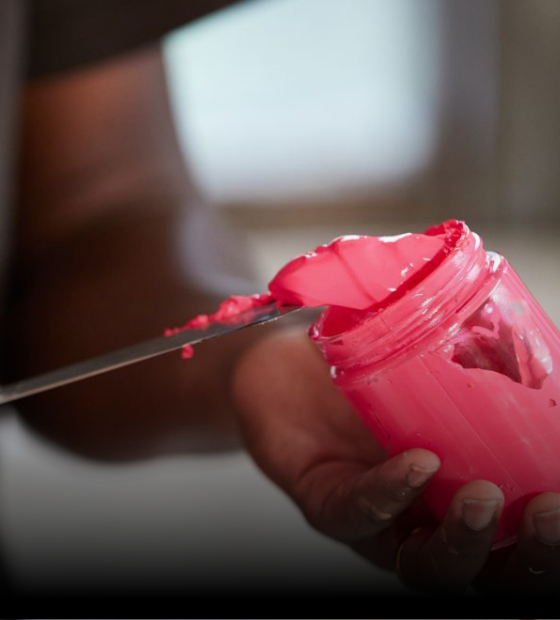
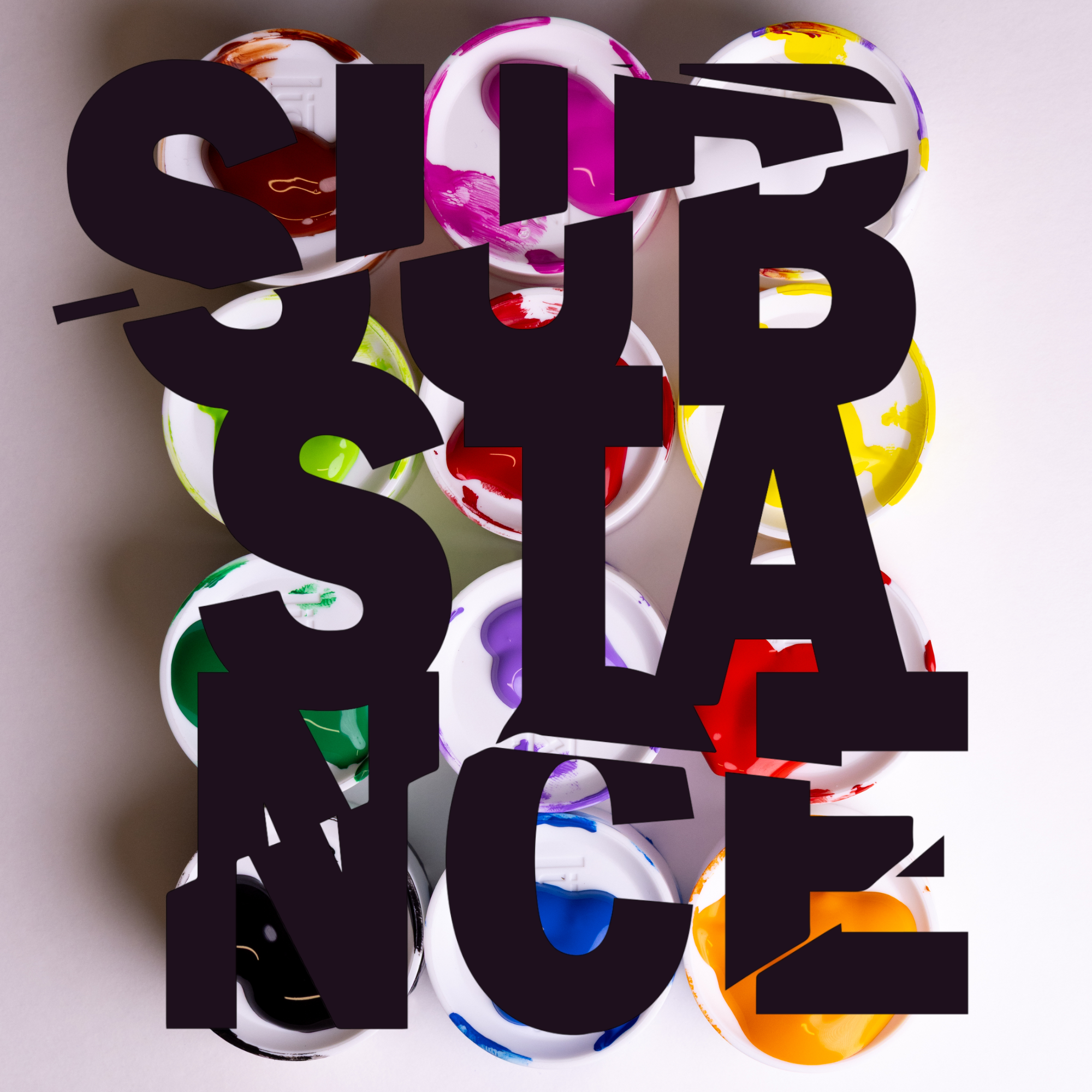

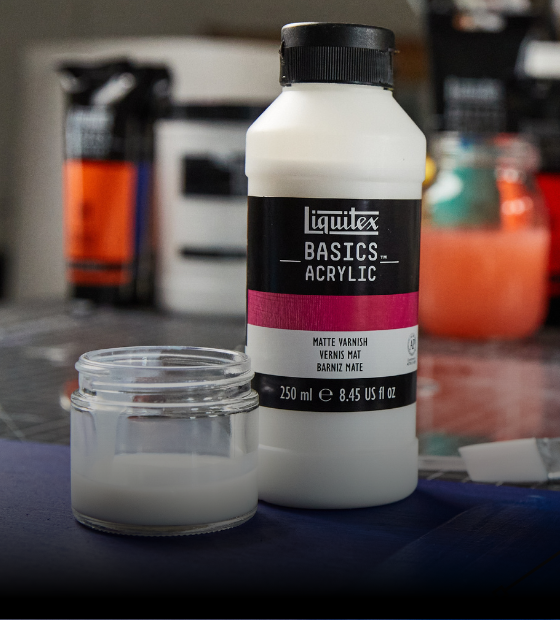
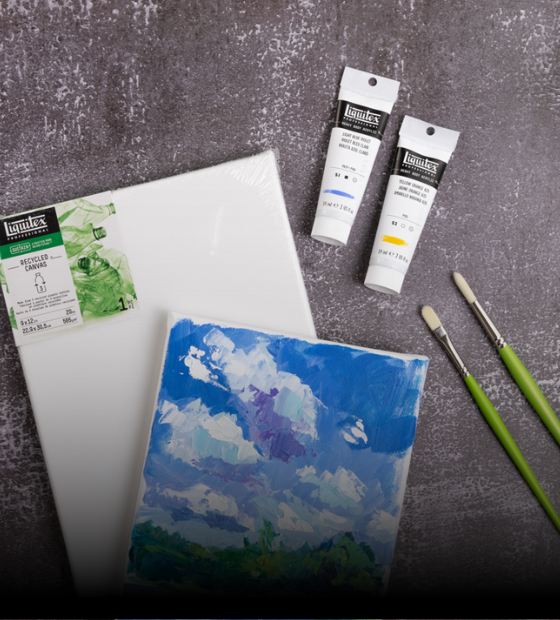

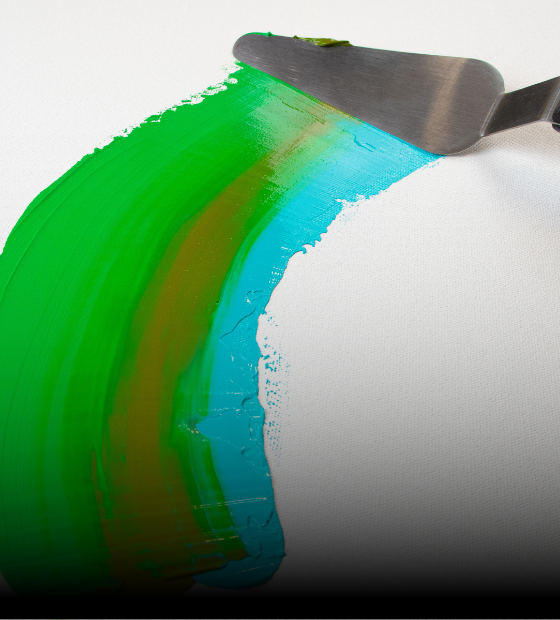
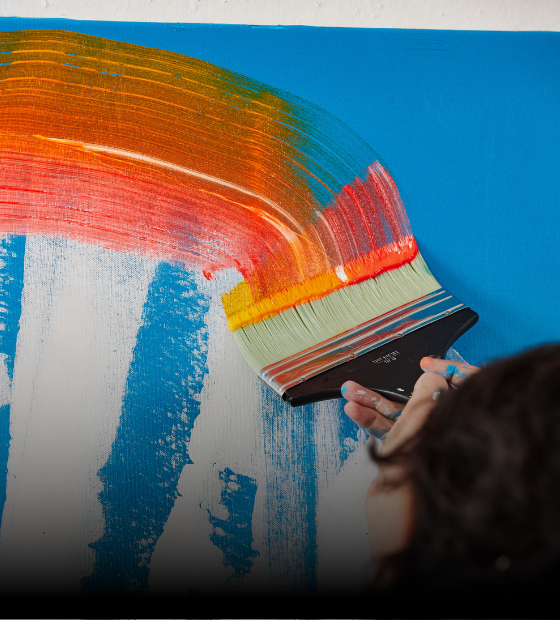
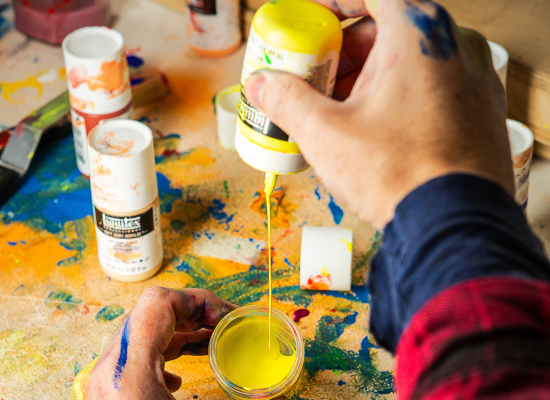
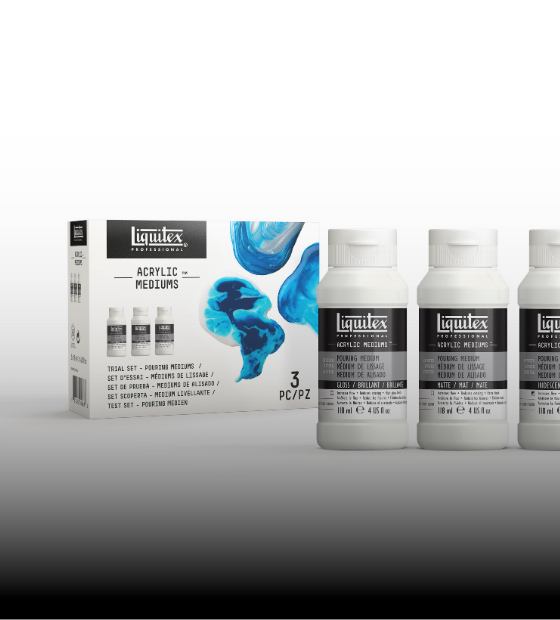
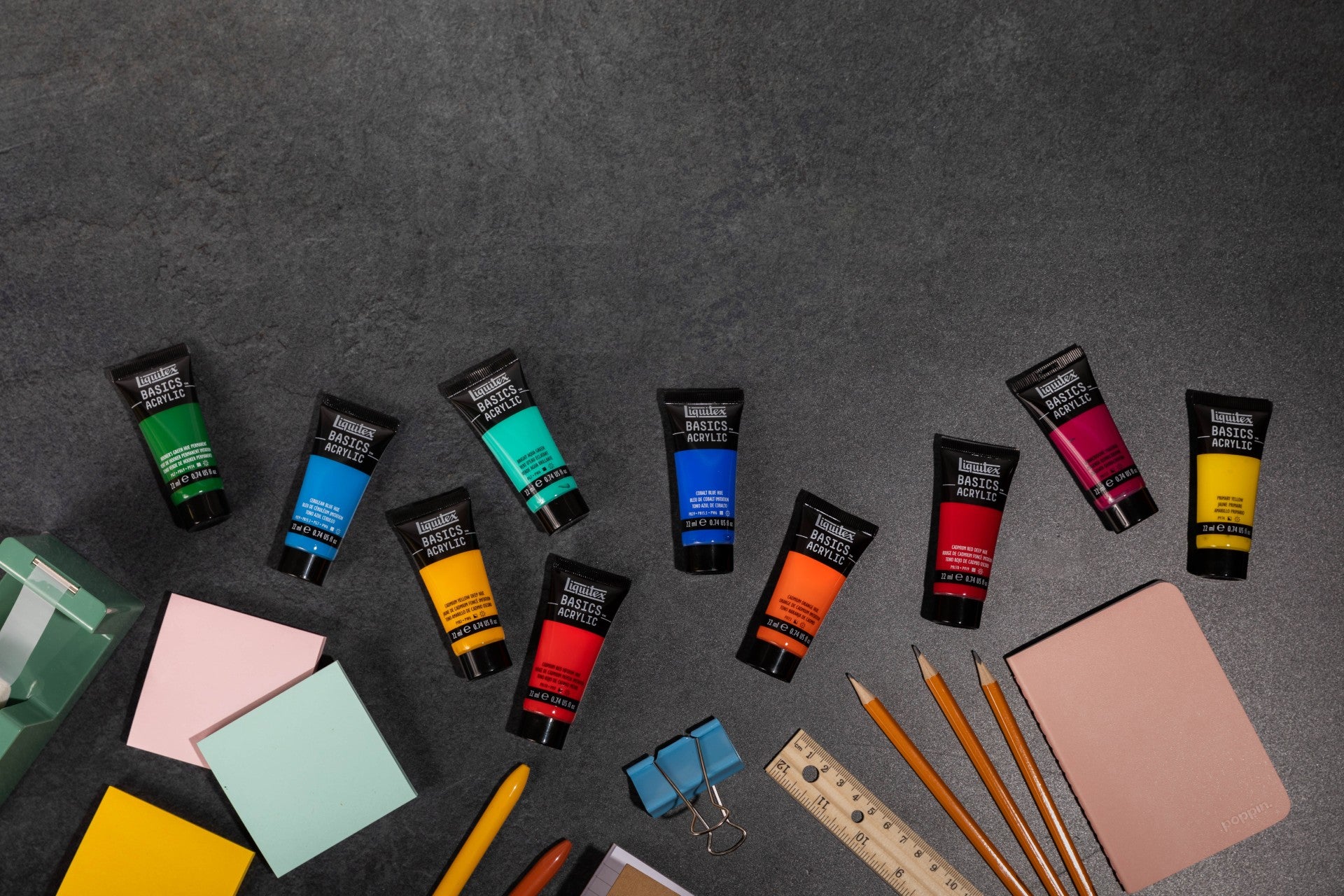




![LQX BASICS ACRYLIC NAPHTHOL CRIMSON [SWATCH]](http://uk.liquitex.com/cdn/shop/files/140852_375x375_crop_center.jpg?v=1735734863)
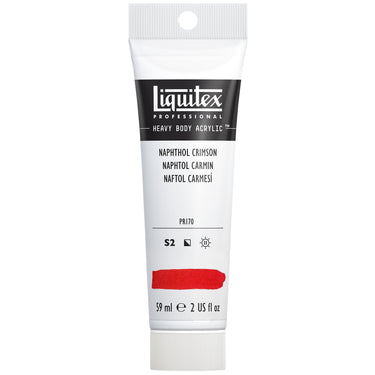
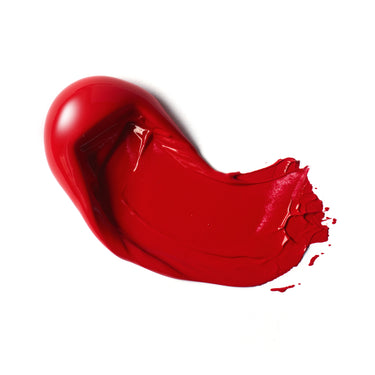




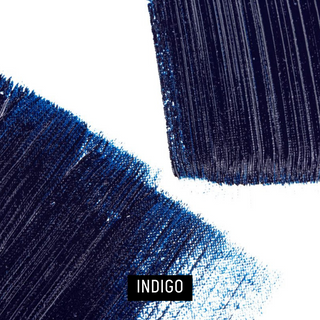
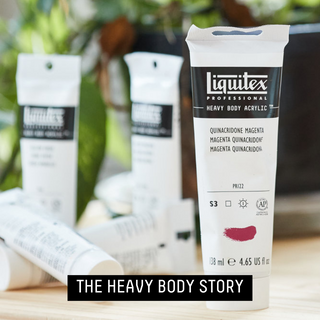
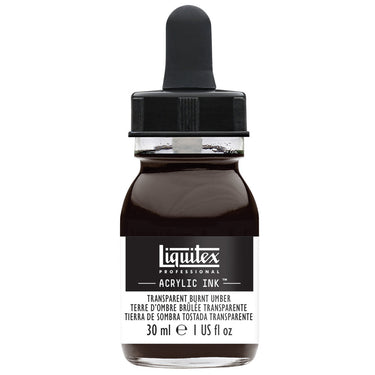
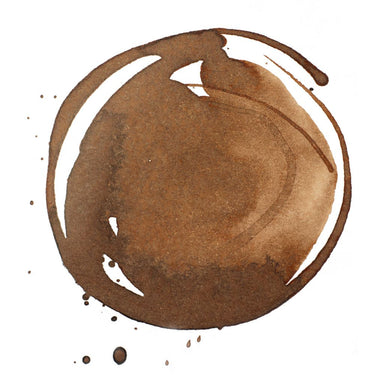
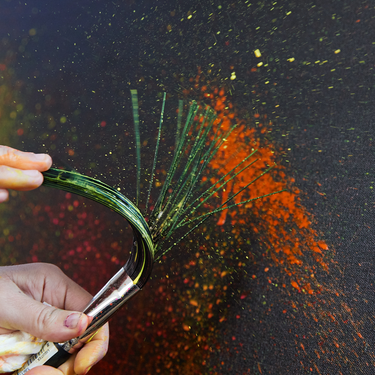
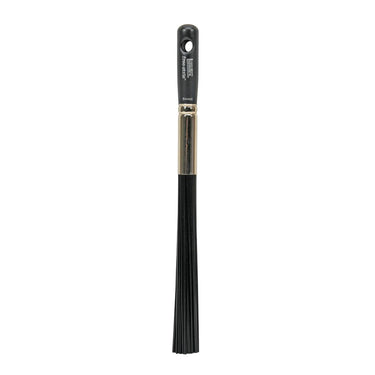


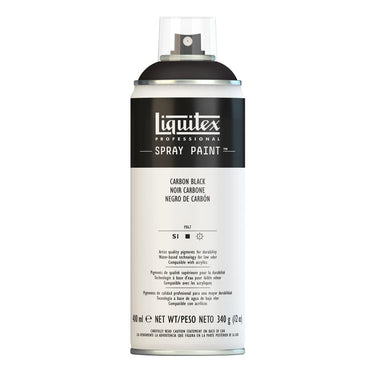



![LQX ACRYLIC MARKER SET 6X 2-4MM CLASSICS [CONTENTS] 887452001225](http://uk.liquitex.com/cdn/shop/files/68762_4855e6eb-82d5-4a11-a736-1f41ab15882e_375x375_crop_center.jpg?v=1709305272)
